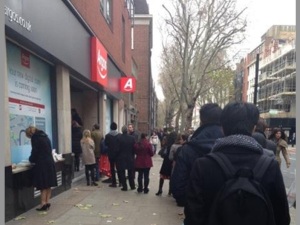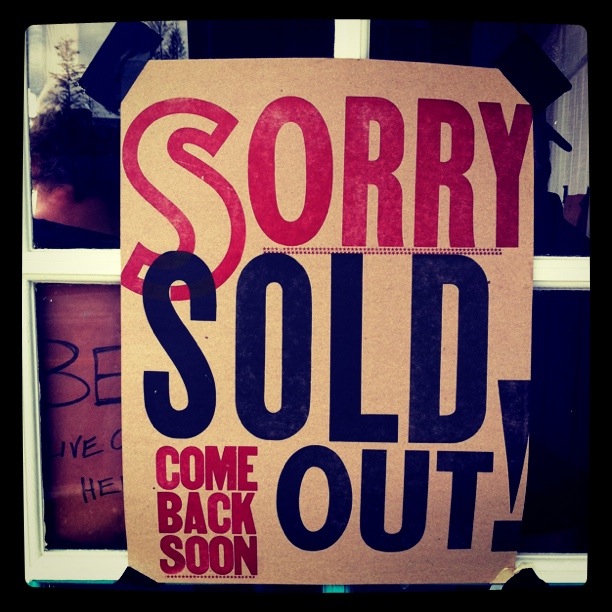Winter is coming, which means Black Friday is coming. And Cyber Monday… and Boxing Day – the three busiest days of the year for online retail.
Each year more and more shoppers in the UK are becoming aware of the crazy bargains touted by retailers, both in store and online. And if you think Black Friday and Cyber Monday are only relevant in the US, consider these stats from 2013:
- Last year, John Lewis reported a large rise in online traffic from midnight to 8am on Black Friday – up 323% on other November Fridays.
- From 7am to 8am, they saw a 1,340% spike in mobile traffic.
- Even smaller brands are affected: Maternity focused retailer Isabella Oliver saw a 1,200% increase in traffic on Black Friday.
- Amazon UK reported than Cyber Monday was even bigger than Black Friday, selling 47 items a second.
The Christmas period in general is a big deal for online retail, accounting for 26% of the year’s sales overall, but while eCommerce and marketing teams are plotting the best campaigns and optimisations to capitalise on the season, IT teams are also working hard to ensure everything runs smoothly.
This is very important when you consider that a crashed website can generate no revenue.
So… will your retail website stay up when the traffic starts pouring in?
Won’t elastic, auto-scaling infrastructure keep us going?
There are lots of ways to ensure websites will remain fast and not crash when Christmas shopping fever hits, but eventually it comes down to sheer available capacity. When you have a fixed infrastructure, this looks like the chart below:
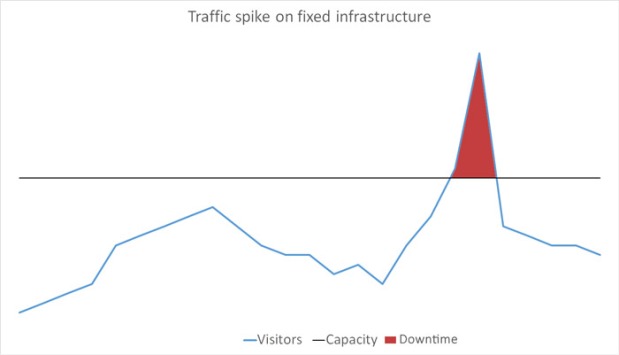
The black line is the capacity of the website, with the blue line being traffic level over time. For most of the time, you’re not using most of your available capacity – you’re balancing having enough overhead and spending on infrastructure you never use. But in the example above, the blue line (let’s say it’s 7am on Black Friday) peaks above the website’s capacity in the red area, which represents downtime – customers unable to use the site. During this time, everyone already on the site suffers slowdown or gets booted off altogether.
One popular solution is cloud-based auto scaling infrastructure, which looks like the below:
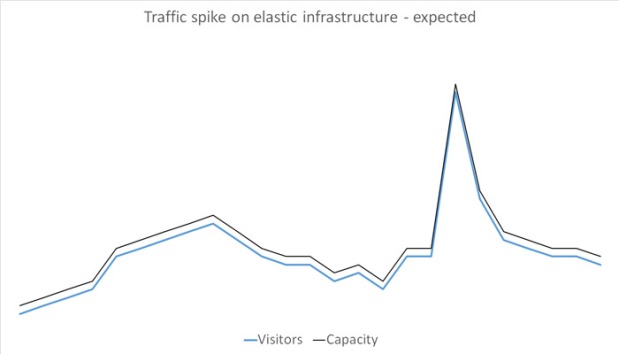
The expected result is that you scale your infrastructure up and down with your traffic levels, which means you only pay for what’s being used and you can scale up to react to spikes and peaks in traffic.
This works well, but in practice the most sudden and extreme traffic spikes look more like this:

Because the process of scaling the infrastructure up and down is automated and it takes several minutes to spin up additional servers (as seen in the flat line and red area above), there is lag in auto scaling elastic infrastructure. This means that elastic auto scaling is still vulnerable to sudden peaks (say from a TV advert or celebrity/sponsored tweet) and the website can still experience downtime, even to those who came to the site before the traffic hit.
Pulling the rug out from customers’ feet
The trouble with capacity is that once a website is full, it doesn’t only stop more people from getting in; it effectively slows down or throws off everyone already on the website. Even if a customer has spent 10 minutes filling their basket, servers don’t discriminate and the chances are those baskets will be abandoned.
So what’s your plan?
Fortunately, it’s not too late to invest in an insurance policy against your website becoming overloaded and unable to generate revenue. Intechnica have developed a solution that can manage any overflow in traffic, protecting the website from performance issues while delivering a good, consistent experience to new visitors.
The best part for the IT team is that it’s extremely quick and hassle free to implement – no code changes or extra capacity needed – so it can still be put in place in time for that seasonal peak traffic.
Protecting revenue even at full capacity
The solution is called TrafficDefender, and it works like this:
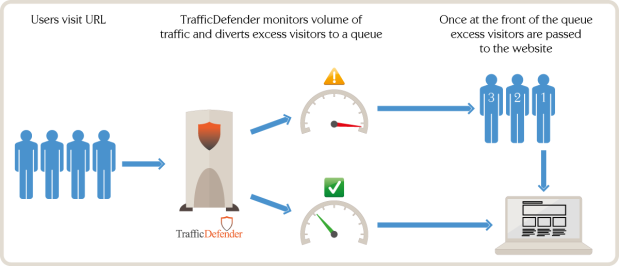
TrafficDefender protects existing website visitors by deferring potentially overwhelming traffic away from the website, keeping revenue flowing beyond website capacity
TrafficDefender watches how many visitors are entering and leaving a website (or entering and becoming inactive). Once capacity is reached, new visitors are automatically directed into a queue to get into the website. Instead of getting an error page or nothing at all, they see a branded page showing where they are in the queue, how long they’ll be waiting and whatever else the website owner wants to put on the page (exclusive discount codes, games, product photos etc.)
As soon as existing visitor’s session ends (either through becoming inactive or navigating away), the next visitor in line is taken straight to the website as promised.
This ensures that you are always delivering the clean, uninterrupted experience to existing customers all the way through their visit, even with the site “over” capacity.
Webinars coming up in October
Join us at 11am UK time on any Thursday throughout October to hear how TrafficDefender works and how it can keep your website running, even if Christmas peak traffic would otherwise bring it down.
Click here to book your place now.













